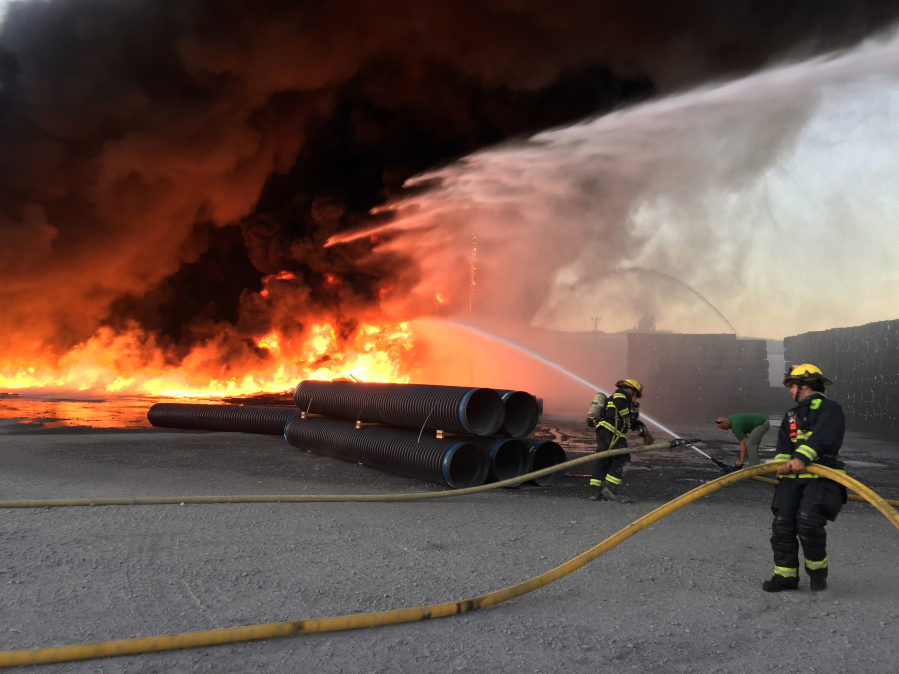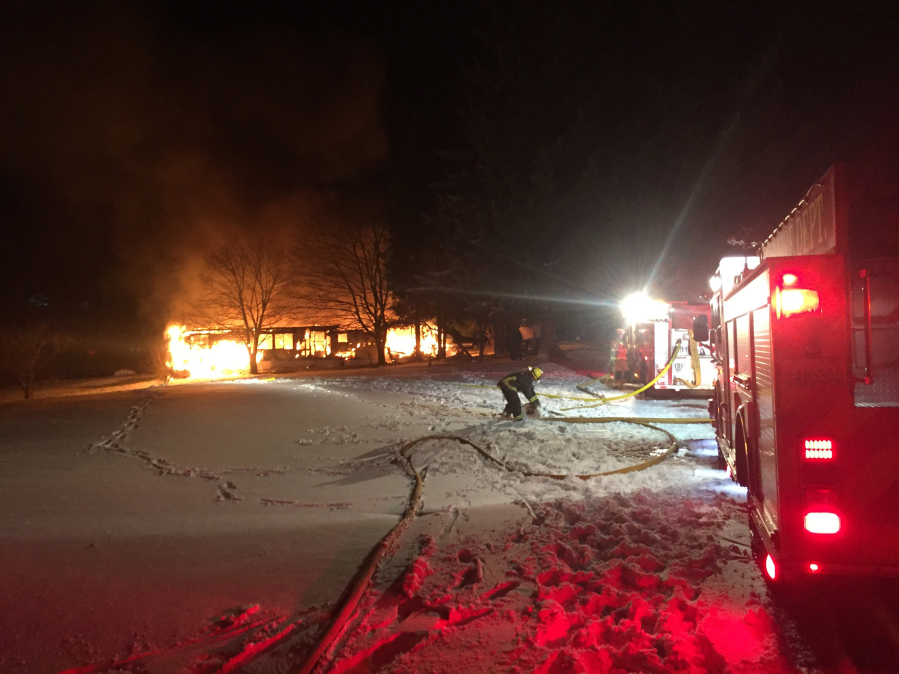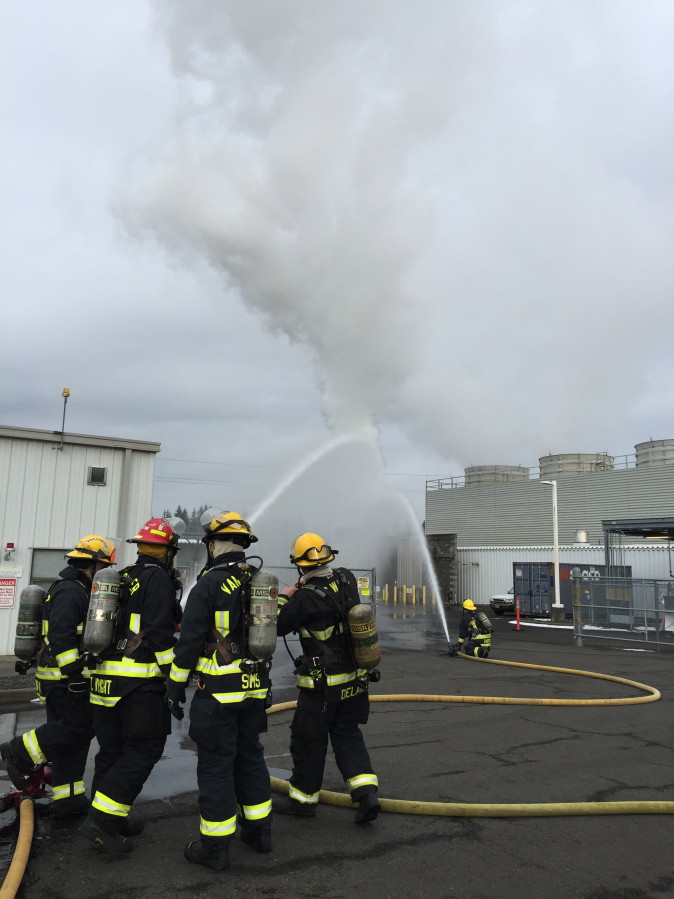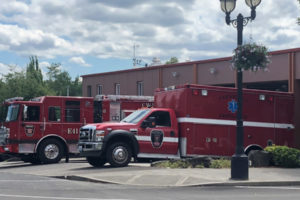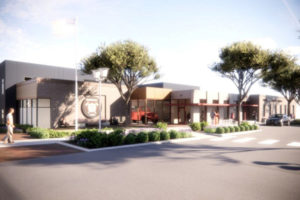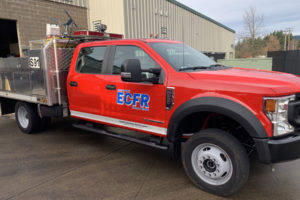How does a growing city address the possibility of increased fire and emergency medical service (EMS) calls without taxing its current system or going overboard by spending millions on future stations that may or may not be needed?
It’s a question Camas leaders have been trying to address for years.
One possible solution is to combine forces with nearby neighbors and take advantage of shared resources and staff. Camas and Washougal fire departments have been working as one entity, the Camas-Washougal Fire Department (CWFD) since 2011, with an official 10-year merger agreement in place since the beginning of 2014.
Now, Camas leaders are considering another consolidation. This time, it would be Camas and East County Fire and Rescue (ECFR) combining forces to address increasing population growth and the possibility of increased fire and EMS calls in Camas’ burgeoning North Shore area, northeast of Lacamas Lake.
The two fire departments already have a few things in common: firefighters belong to the same union and Fire Chief Nick Swinhart oversees both CWFD and ECFR. He said consolidating forces isn’t unique to the Camas area.
“This is a trend that we’re seeing on a national basis,” Swinhart said. “There are efforts and pushes all over the country to consolidate and combine resources in an effort to increase efficiency, reduce duplication and save money.”

